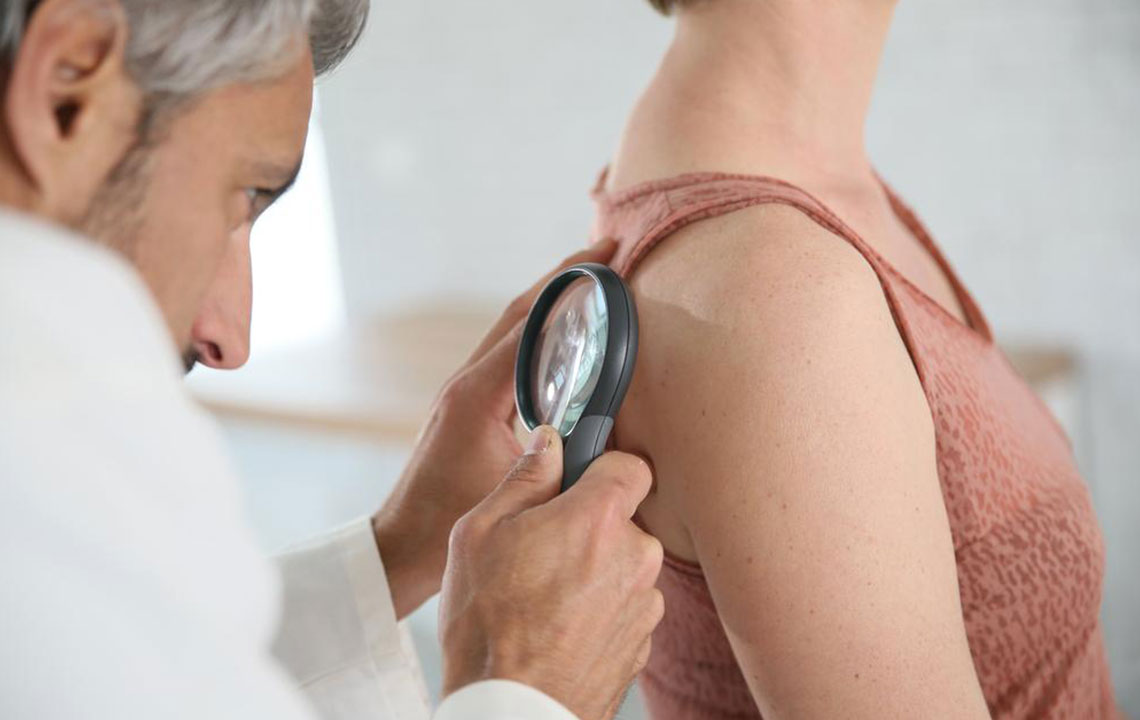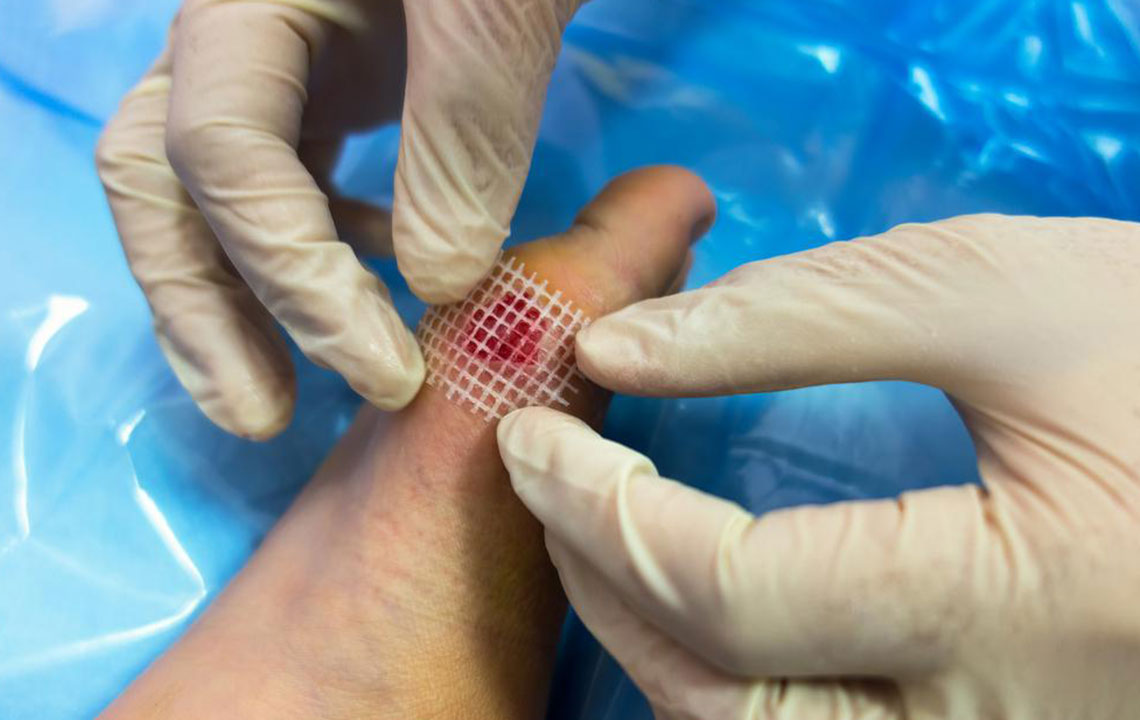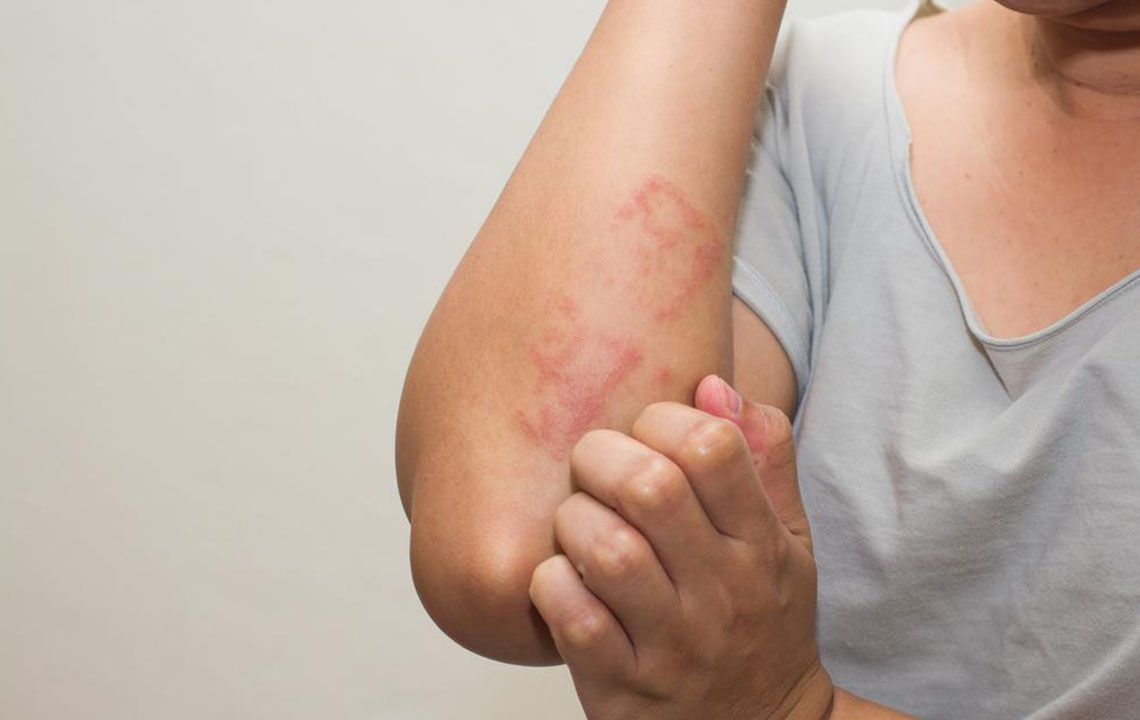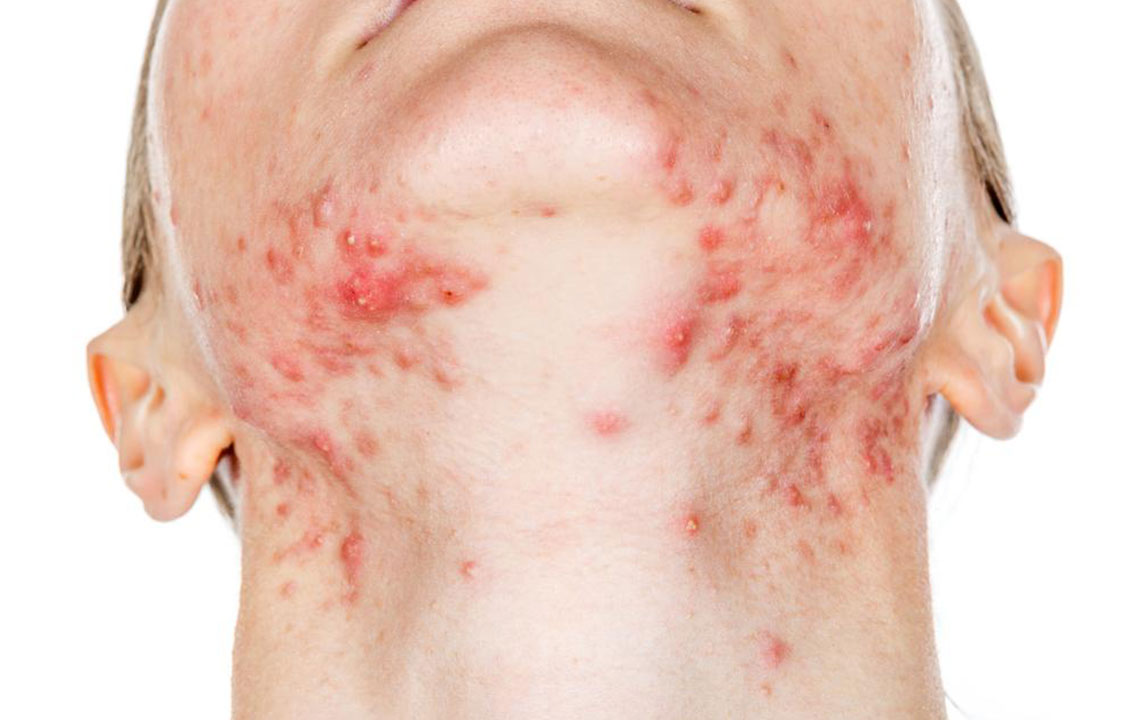Comprehensive Guide to Managing and Relieving Shingles Pain Effectively
This comprehensive guide provides effective strategies for managing and alleviating shingles pain. It covers early diagnosis, antiviral treatments, pain relief options, natural remedies, and postherpetic neuralgia management. Acting promptly with medical intervention is crucial for reducing symptoms and preventing complications, ensuring a smoother recovery process for shingles sufferers.

Comprehensive Strategies for Managing and Relieving Shingles Pain
Experiencing chickenpox is common for many individuals during childhood or adulthood, and once infected, the varicella-zoster virus remains dormant in the nervous system for years. In some cases, this latent virus can reactivate later in life, traveling along nerve pathways, leading to a painful and often debilitating condition known as shingles, or herpes zoster. Shingles is characterized by a painful skin rash that typically appears as a band or strip on one side of the body. The severity of pain and the discomfort caused can vary widely among individuals.
To manage shingles effectively, early intervention is essential. Recognizing the initial symptoms and seeking prompt medical care can significantly reduce the severity and duration of the illness. This article explores comprehensive strategies for managing shingles pain, including medical treatments, home remedies, and lifestyle adjustments designed to promote healing and minimize discomfort.
Understanding Shingles and Its Symptoms
Shingles usually begins with early symptoms such as burning or tingling sensations on the skin, followed by redness, swelling, and a rash that develops into blisters. Some individuals also experience fever, headache, and general fatigue during this period. The nerve-related nature of shingles means that nerve pain can persist even after the rash subsides, leading to a condition called postherpetic neuralgia, which can cause persistent pain lasting months or even years.
Early Diagnosis and Antiviral Treatment: The cornerstone of shingles management is early detection. When symptoms first appear, consulting a healthcare professional is vital. Antiviral medications such as acyclovir, valacyclovir, or famciclovir are typically prescribed to reduce viral replication, lessen symptom severity, and shorten the duration of the outbreak. Starting antiviral therapy within 72 hours of rash onset provides the best results in alleviating pain and preventing complications.
Topical Treatments: For itchy, inflamed skin and blisters, topical applications can provide immediate relief. Doctors often recommend topical anesthetics like lidocaine creams, gels, or medicated patches that numb the skin and reduce discomfort. These treatments can soothe irritated skin and promote healing.
Pain Management Strategies: Managing pain effectively is crucial in shingles treatment. Over-the-counter pain relievers such as acetaminophen or nonsteroidal anti-inflammatory drugs (NSAIDs) can be used for mild to moderate pain. For more severe pain, especially nerve pain, physicians might prescribe stronger medications including opioids, anticonvulsants like gabapentin, or antidepressants such as tricyclics which help modulate nerve signals.
Addressing Postherpetic Neuralgia: If nerve pain persists beyond the healing of the rash, it may be postherpetic neuralgia. Persistent pain can be managed with prescription medications such as nerve blocks, topical lidocaine patches, or newer therapies like capsaicin patches. These interventions aim to reduce nerve sensitivity and improve the patient's quality of life.
Natural and Complementary Remedies: While medical treatments are essential, some individuals find relief through natural remedies. For example, applying cold compresses (using damp cloths rather than ice packs) can help soothe burning or itching sensations. Maintaining good skin hygiene, keeping the rash area clean and moisturized, and wearing loose, breathable clothing can also support healing. Some people turn to herbal remedies such as aloe vera to promote comfort, but it’s important to discuss these options with a healthcare provider before use to avoid adverse interactions.
While shingles can resolve on its own over time, early and comprehensive treatment is key to reducing the risk of complications, such as scarring, nerve damage, or vision problems if the eye area is involved. Prompt medical attention is especially critical for those with facial involvement or weakened immune systems. Managing shingles effectively involves a multifaceted approach, combining pharmaceutical interventions with home remedies and lifestyle modifications to alleviate pain and accelerate recovery.
In conclusion, understanding the importance of early diagnosis, appropriate antiviral therapy, effective pain management, and supportive home care can greatly improve outcomes for individuals suffering from shingles. If you suspect shingles, seek medical advice immediately to begin the most effective treatment plan and minimize long-term discomfort and complications.





